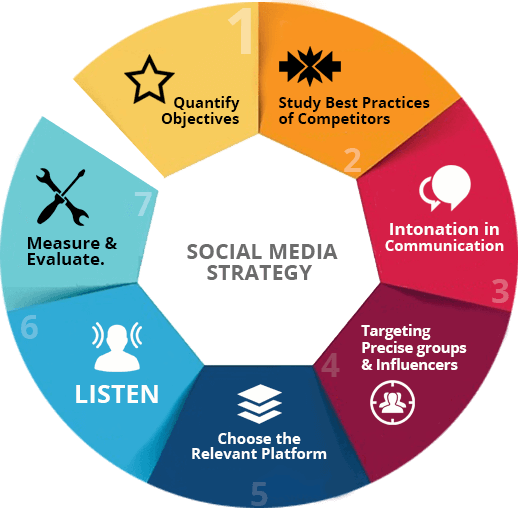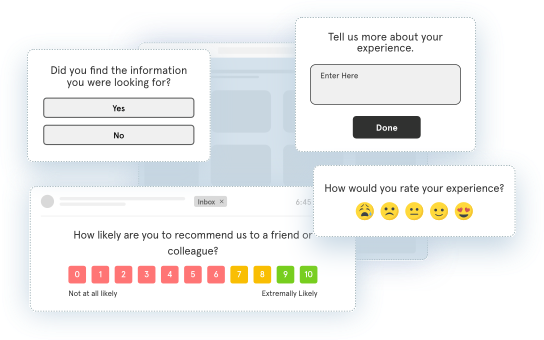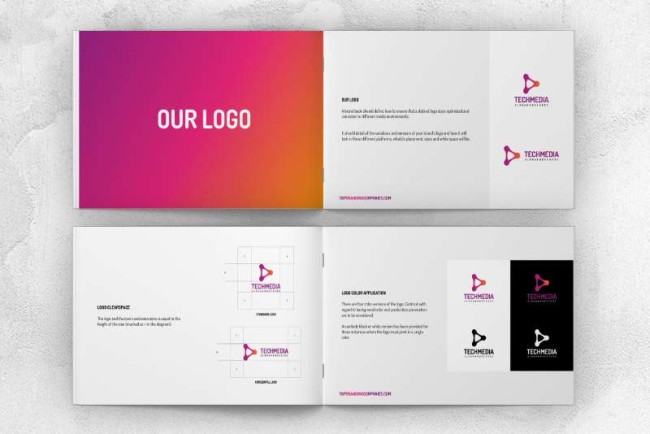
Speaking on camera as a coach
For many people, speaking in public can be an intimidating endeavour, but it’s a necessary skill for coaches to have.
In addition to managing and directing your team, one of a coach’s duties is to be a proficient communicator.
The necessity for coaches to give speeches in front of cameras has increased more than in the past due to the growth of social media and internet platforms.
Speaking clearly and confidently in front of the camera is essential for instructional videos, motivational speeches, and team updates.
We’ll go over some strategies in this guide to help you get over your nervousness and give a strong performance each and every time you speak in front of others.
The camera and establish a meaningful connection with your viewers.
Steps to follow for speaking on camera as a coach
1. Sitting and standing posture.
Both when sitting and when standing, having proper posture is essential, but it’s especially important when a coach is speaking in front of the camera.
Your feet should be flat on the ground, and your back should be straight when you sit. Refrain from bending over or leaning too far back, as this may convey a lack of confidence or laziness.
You should have your arms relaxed by your sides or on the table in front of you, but try not to fidget, as this could distract the audience.
When standing, balance your weight equally across both feet and refrain from bouncing up and down. Project confidence and authority by keeping your head up and your shoulders back.
Maintaining a confident and professional stance is crucial for coaches to interact with their audience and effectively convey their message.
Although talking in front of a camera can be nerve-wracking, you can communicate effectively if you adopt the proper stance and body language. Maintaining a calm yet focused facial expression and maintaining eye contact with the camera are crucial.
Standing with both hands in your pockets or crossing your arms can convey that you are uninterested or closed off. To accentuate your points, make hand gestures, but don’t use too many, as they can become distracting.
As a coach, you have the ability to improve and captivate your audience with your body language. To make sure you are conveying your message effectively, practice speaking in front of a camera. Pay close attention to the way you stand and your body language.
Always remember to project confidence, professionalism, and interest to engage your audience and conduct a productive coaching session.

Looking and sounding relaxed.
It’s critical for coaches to project confidence both in person and in front of the camera. Offering your audience a sense of ease and relaxation can have a significant impact, whether you are creating virtual coaching sessions or online content.
Having a positive outlook and mentally getting ready before going on camera are two ways to do this. Inhale deeply, notify yourself of your skills and abilities, and picture yourself confidently delivering your message.
Speaking in front of the camera will feel more natural and at ease if you do this. Be mindful of your posture and body language as well.
Maintaining a straight posture, looking directly into the camera, and making use of hand signals can all support the communication of confidence and ease.
Speaking clearly and slowly will help you communicate more naturally and prevent hurried or stilted speech patterns.
Lastly, don’t forget to laugh and enjoy yourself!
Your coaching sessions will be even more impactful because of your contagious enthusiasm and upbeat energy.

Effective use of gestures onscreen.
It’s critical for coaches speaking in front of the camera to use effective onscreen gestures in addition to projecting a clear, confident voice.
These actions can improve the impact of your message and increase audience engagement.
Making sure that your on-screen gestures are genuine and organic is an important consideration. Steer clear of rehearsed or overstated movements, as they can be distracting and appear insincere.
Rather, allow your body and hands to move naturally while you speak, utilizing them to highlight important ideas or convey feelings.
It’s crucial to pay attention to your body language as well.
Never cross your arms and maintain a straight posture, as this can put up a barrier to defence between you and your Instead, when making a point, keep your arms relaxed by your sides or use them to signal in the direction of the camera.
Furthermore, pay attention to how the camera is framed and ensure that your actions are seen and not obscured.
As a coach in front of the camera, you can connect with the viewers and effectively convey your message by using deliberate and natural gestures.

Finding the right eye-line connection.
The eye-line connection is one of the most crucial things to take into account when speaking in front of a camera.
This is your direction of gaze while speaking, and it has a significant effect on how effectively you communicate. Ascertain that you are staring straight into the camera lens as the first step towards achieving the ideal eye-line connection.
This makes it seem as though you are talking directly to them, which makes the experience more intimate and interesting.
Keeping your eyes fixed on the same point during your speech or presentation is also crucial. This entails not turning away or glancing down at notes, as these actions may distract the audience.
Rather, make an effort to commit your script to memory or utilize a teleprompter to ensure constant eye contact with the camera.
It’s also important to shift your gaze around the room as you speak. This entails looking from one side of the camera to the other in order to keep your audience interested and avoid having your speech become boring.
Finding the ideal eye-line connection can significantly improve your on-camera existence and increase the impact of your message with awareness and practice.

Sounding authoritative yet authentic.
For many people, speaking in front of a camera can be an intimidating experience. Having to deliver a message while on camera can often cause anxiety and a lack of faith.
To communicate well with your audience, you must, however, sound both authentic and authoritative. Possessing an imposing figure and speaking with assurance and conviction are characteristics of being authoritative.
Conversely, being authentic entails delivering your message with sincerity and genuineness.
You can communicate more effectively and engage your audience if you can strike a balance between these two traits.
Second, how authentic and authoritative you appear on camera is greatly influenced by your body language.
Maintain eye contact with the camera, sit or stand up straight, and emphasize your points with hand gestures. This will help engage your audience as well as give you a more assured appearance.

Want to know more about how speak in front of camera fearlessly: https://brandgaytor.com/how-to-speak-in-front-of-camera-fearlessly/
Facts about speaking in front of the camera as a coach
1. Confidence is Key: To effectively engage your audience, keep your demeanour confident.
2. Eye Contact: Make eye contact with your audience by gazing straight into the camera.
3. Clear and Concise: To guarantee understanding, express your ideas succinctly and without needless jargon.
4. Different Tempo and Tone: To keep listeners interested, vary the tempo and tone of your speech to make it dynamic.
5. Visual Aids: To improve and captivate your audience, use props or other visual aids.
6. Know Your Material: To increase confidence, be well-prepared and familiar with your subject matter.
7. Physical Expression: To project confidence and excitement, adopt an approachable and upbeat body language.
8. Repeated Practice: Rehearse your delivery to become more confident and polished when speaking on camera.
9. Feedback Loop: To make your content more engaging, solicit comments and engagement from your viewers.
10. Be Real: Show who you are; viewers can relate to and trust someone who is genuine.
READ MORE: https://brandgaytor.com/a-guide-to-boost-your-coaching-presence-online/
Conclusion
To speak effectively in front of the camera as a coach, focus on clear communication, maintain eye contact, use a confident tone, and convey genuine enthusiasm. Prepare and organize your content, practice beforehand, and be mindful of your body language to engage your audience and build trust.
FAQ ( frequently asked questions)
Q1: How can I overcome nervousness when speaking on camera as a coach?
A: Practice deep breathing, visualize success, and start with short, scripted segments to build confidence.
Q2: Any tips for maintaining eye contact with the camera?
A: Pretend the camera is a friendly face, use sticky notes with key points around the camera, and practice looking directly into the lens.
Q3: What should I wear on camera as a coach?
A: Choose solid colours, avoid busy patterns, and opt for clothing that reflects your coaching style while ensuring good contrast with the background.
Q4: How can I connect with my audience through the camera?
A: Speak with passion, use a conversational tone, and share personal anecdotes to create a relatable and engaging experience.
Q5: Any advice for organizing content and staying on track during recording?
A: Create a script or outline, break content into digestible segments, and rehearse to ensure smooth transitions and delivery.





















































